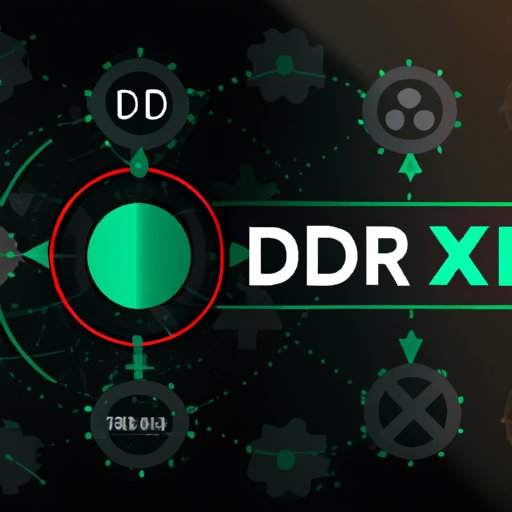Introduction
In the ever-evolving world of cybersecurity, one of the most important tools to protect networks is XDR. But what is XDR? XDR stands for “extended detection and response” and is a form of advanced threat detection that combines multiple elements of cybersecurity technology. This article will explore what XDR is and how it can help keep networks secure.
The Basics of XDR
XDR is designed to be an all-encompassing security solution that provides a comprehensive view of an organization’s network. It utilizes a variety of technologies to detect potential threats and respond quickly to prevent any damage or disruption. XDR consolidates data from multiple sources such as endpoint protection, network traffic analysis, user behavior analytics, and log management into a single platform. By combining these technologies, XDR can provide a more complete picture of an organization’s security posture.
According to a study conducted by Forrester Consulting, XDR helps organizations detect and respond to threats up to 33% faster than traditional security solutions. This allows organizations to minimize the impact of an attack and reduce the amount of time spent on recovery. Additionally, XDR can help organizations identify threats before they become a major issue. By leveraging the insights provided by XDR, organizations can proactively address potential risks and ensure their networks are secure.
Taking a Deeper Look at XDR
In order to understand the full impact of XDR on cybersecurity, it is important to consider the different aspects of XDR. The first aspect is the ability to detect threats. XDR uses a combination of technologies to detect threats, including machine learning algorithms and artificial intelligence. This allows XDR to detect threats faster and more accurately than traditional security solutions. Additionally, XDR can identify threats that may have been missed by traditional security tools.
The second aspect of XDR is the ability to respond quickly to threats. XDR enables organizations to quickly take action when a threat is detected. This could include patching vulnerable systems, blocking malicious domains, or disabling compromised accounts. By responding quickly, organizations can minimize the impact of an attack and reduce the amount of time spent on recovery.
Finally, XDR can help organizations better understand and manage their security posture. XDR provides organizations with valuable insights into their security posture and can help them identify areas of improvement. This allows organizations to proactively address potential risks and ensure their networks are secure.
Conclusion
XDR is an important tool in the world of cybersecurity. It provides organizations with a comprehensive view of their network, allowing them to detect and respond to threats faster and more accurately. Additionally, XDR can help organizations identify potential risks and ensure their networks are secure. As the world of cybersecurity continues to evolve, XDR will become an increasingly important tool for organizations looking to protect their networks.
(Note: Is this article not meeting your expectations? Do you have knowledge or insights to share? Unlock new opportunities and expand your reach by joining our authors team. Click Registration to join us and share your expertise with our readers.)
